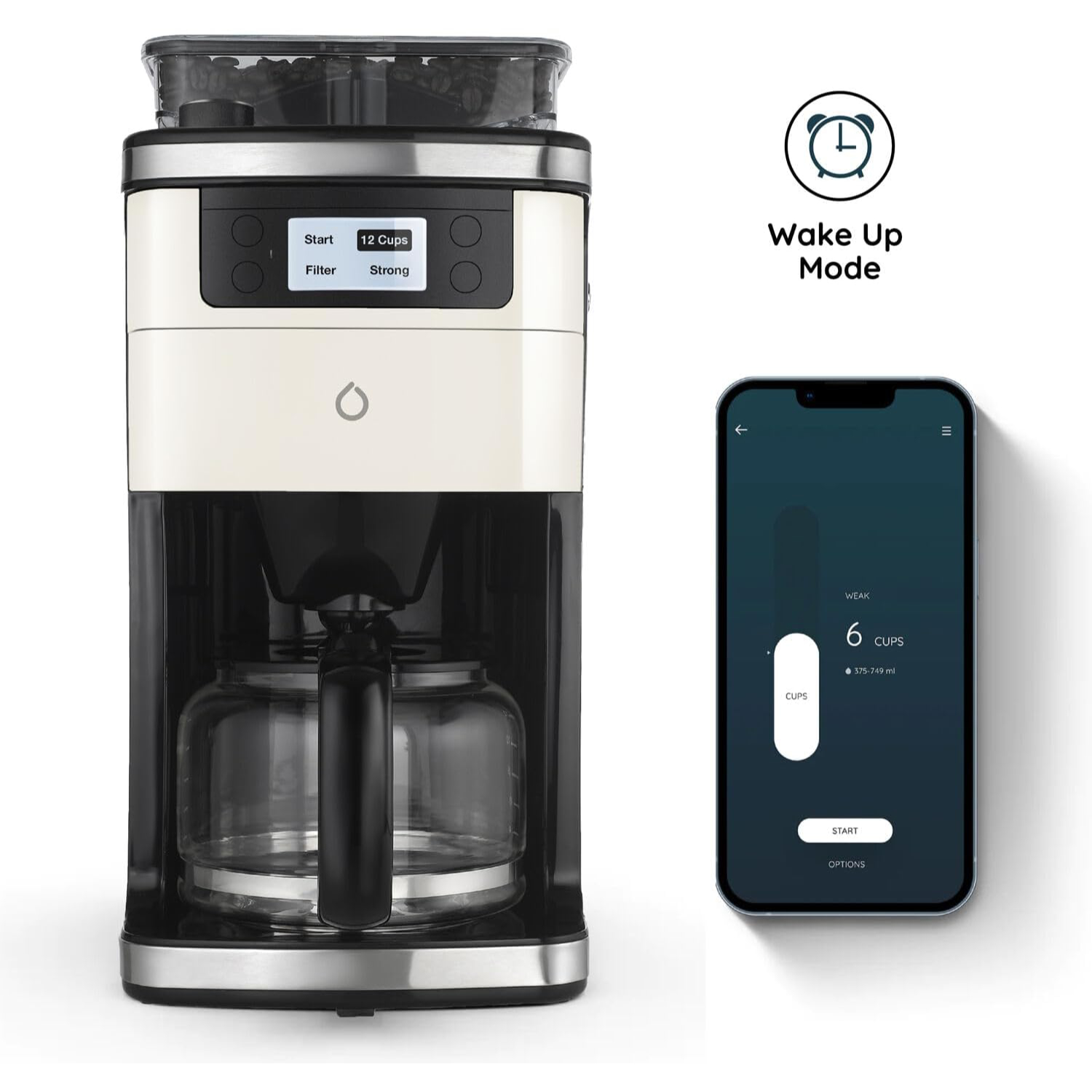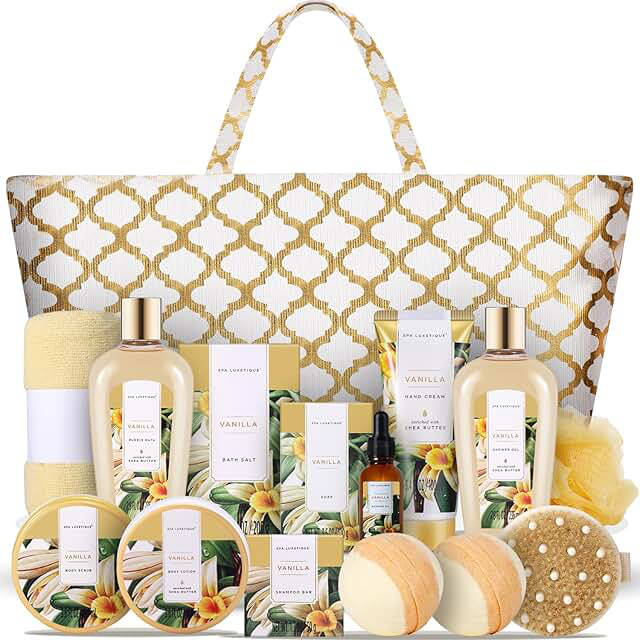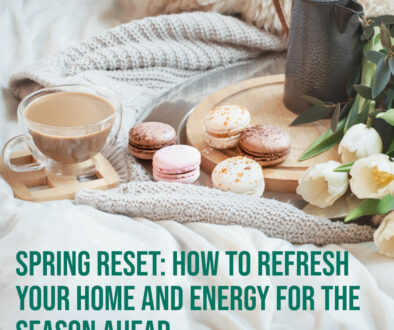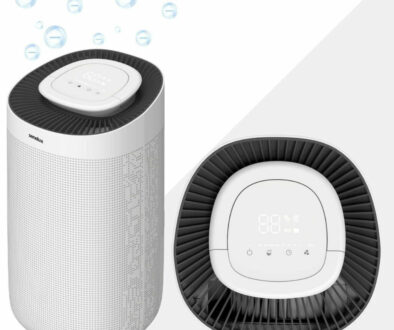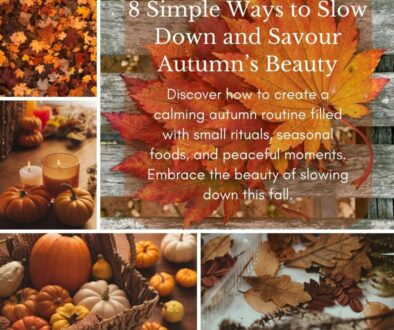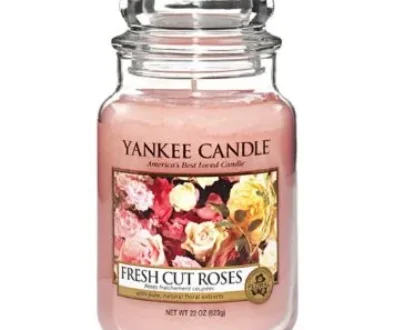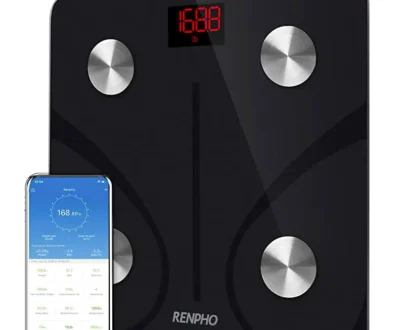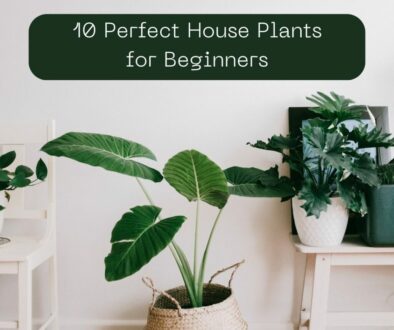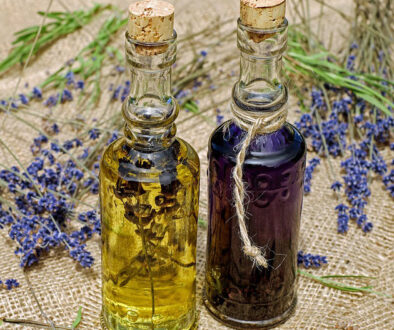How I Survive Hay Fever Season: 20 Years of Remedies That Actually Work
If you’ve ever stood in a field of wildflowers with itchy eyes, a runny nose, and the sudden urge to rip your own face off — hello, fellow hay fever sufferer. I’ve been battling seasonal allergies for over two decades now, and while I’m no doctor, I am a very experienced sufferer.
To be certain this post is not medical advice. It is purely a collection of practical, personal, and sometimes surprising remedies that have worked for me. Hopefully it might help you get through pollen season with a little more ease (and a lot less Kleenex) too.
Hay fever has a way of turning the best time of year into a bit of a slog; sunny skies, blooming flowers… and the overwhelming urge to rub out your nose and claw your eyes out. For those (like me) who deal with it year after year, the symptoms go well beyond sneezing. Itchy eyes, blocked hearing, stuffy sinuses, disrupted sleep, and general brain fog, all make life so uncomfortable when everyone else is celebrating the weather.
After almost two decades of managing it season after season, here’s a collection of strategies that have actually helped me. Some are simple changes. Some are daily habits. None are miracle cures, but together they have helped to make a real difference to my daily routine over summer.
1. Natural Remedies That Help
The cumulative effect of little things often helps to ease the overall load. These are things that you can prepare or even start on before pollen season even begins.
Manuka Honey (UMF 230+)
A daily spoonful of high-grade Manuka honey has been a long-time staple in managing symptoms. The one that seems to work best for me is the Queen Bee Monofloral Manuka Honey from New Zealand. It is a high grade MG 263+ with an NPA of 10+. It’s pricey, yes, but I’ve found it every effective. One teaspoonful in the mornings seems to keep most hay fever symptoms at bay.

Scientific evidence is limited, but Manuka honey has well-documented antimicrobial and anti-inflammatory properties. Some studies suggest it may support the immune system and reduce allergy response [1].
Saline Nasal Sprays or Rinses
Another fast-acting yet simple relief is using a saline spray and rinsing out the nasal passages. This is easily done with with a gentle saline spray. Especially after being outdoors, this helps flush out lingering pollen particles before they have a chance to trigger a bigger reaction. No side effects, no drowsiness — just a small reset button for the nose.

Search Saline Nasal Spray on Amazon
Vaseline Around the Nostrils
Another surprisingly effective trick, if you don’t mind how it feels is: applying a bit of Vaseline around the edge of each nostril. It acts as a pollen trap, catching allergens before they go any further. Not glamorous, but for a walk in the park (literally), it’s a low-effort shield worth trying.

2. Creating a Low-Pollen Home Environment
No matter how tempting it is to throw your windows wide open and invite the ‘fresh’ air in, do not do it. Especially if you’re plagued by hay fever. When the season changes and it becomes bright and sunny, it’s so tempting to start leaving windows and doors open. The feel of fresh air coursing through the house is a welcome change after the stuffiness of winter radiator heat. Yet, the air inside your home should feel like a break — not an extension of hay fever season. Here, a few consistent habits can make it easier to breathe, sleep, and relax.
Keep Windows Closed During the Day
Pollen counts usually peak mid-morning and early evening, so keeping windows (and doors) shut during those times is vital. If ventilation is absolutely necessary, aim for late at night or very early morning when the air is calmer and clearer.
Dry Laundry Indoors
Damp fabric attracts pollen. Sheets and towels left out to dry can bring allergens right into bed with you — and that’s a guaranteed way to start sneezing just before sleep. During high pollen weeks, it is best to use a tumble dryer or dry your clothes and linens indoors.
If you are drying your clothes indoors, another alternative is to use a dehumidifier. We have found that using the dehumidifier underneath the clothes horse is a very energy efficient way to dry clothes. This helps solve the problem of bringing pollen into your home.

Run an Air Purifier Daily
A good air purifier makes all the difference, especially at night. We have a larger unit that runs a couple of hours a day in the main living room, while a smaller one near the bed has been really effective at reducing morning congestion. Running them daily during peak pollen season keeps airborne pollen (and other irritants) under control.

Shower and Change After Being Outside
Pollen’s tiny particles cling to skin, clothing, and especially hair very effectively. A quick shower and a change into indoor clothes will help to prevent symptoms from flaring up in the evening — a particularly common time for discomfort to set in.
3. Simple Protective Habits for Going Outside
And like everyone else. Summer is a joyous time to be out in the open warmth and despite the suffering, it is a necessary change. There are some habits that have helped tremendously when I need to spend time outside. Here are my top recommendations.
Face Masks for the Win
Wearing a face mask outside — especially in grassy or tree-lined areas — can reduce the amount of pollen inhaled through the nose and mouth. It is a pandemic-era habit that turned out to have a surprising side benefit. Most people looking at me, probably think I’m down with some contagious bug. But the reality is, a mask (and I use a simple double-layered fabric one only) makes all the difference.

A Wide-Brimmed Hat
Not so crazy looking, especially over peak summer. A wide-brimmed hat is great for sun protection, but even better for pollen protection. Hats help stop allergens from settling in the hair and falling onto the face. This coupled with a face mask and sunglasses pretty much protects the most vulnerable pollen access points. It’s a small detail that makes a difference by the end of the day.

Sunglasses
So much more than just a fashion statement. Sunglasses (especially wraparound styles) shield the eyes from airborne pollen. Unfortunately they don’t eliminate itching entirely,(eye drops for the win!) but they do help.
Use the Pollen Forecast to Plan Your Day
Checking the pollen forecast each morning helps with planning — whether it’s choosing when to exercise outdoors or deciding whether today’s the day to finally tackle the lawn. Apps or allergy maps from trusted sources can help reduce surprises. You can also find Pollen Forecast for UK from Met Office, elsewhere in the world including the US from The Weather Channel or this US Pollen Map.
4. Medications – A Backup, Not a First Line
Over-the-counter antihistamines can be effective — but for many, they come with drawbacks. For me personally, almost any of the common brands are effective for the first 7-8 hours or so. But they tend to cause drowsiness by mid-afternoon, even the ones labelled “non-drowsy.” The most frustrating part? You can only take one a day, so there’s no topping up once it wears off. For that reason, I keep antihistamines for exceptionally high-exposure days like when we go for long walks, attend garden parties, or travel.

Eye Drops with Sodium Cromoglicate
When eyes start itching or burning, anti-allergy eye drops with sodium cromoglicate are fast-acting relief. They don’t typically act immediately, after just a few minutes, they take the edge off. Keeping them in the fridge adds a soothing coolness that is very welcome on hot days.
For a quick fix without drops, I’ve found that rinsing my face with cool water and washing around my eyes does manage to provide temporary relief.

When Nothing Else Works: Head to the Coast
It must be said though, the quickest, most effective remedy is to change your environment. And if there’s a true escape route from hay fever, it’s a few days by the sea.
Coastal air has significantly lower pollen levels. Whether it’s the salt in the air or the lack of vegetation, the difference is noticeable — often within hours of arrival. For some, it’s the only time of year symptoms completely vanish. Even busy city breaks can help if the pollen count is lower than home.
As we live within a conservation area, my hay fever symptoms can get pretty intense especially due to high grass and tree pollen. Often a change of scene, even for a weekend gives my body a chance to reset.

Final Thoughts
Unfortunately there’s no one magic bullet to dealing with and managing hay fever. It has been a mix of daily habits, preventive steps, and knowing when to bring in stronger measures. What I have found works best is often a combination — protecting yourself outdoors, reducing exposure indoors, and supporting your body gently through the season.
The routines I’ve shared here have come from years of trial, error, and tweaking. They might not suit everyone, but hopefully if you suffer from hay fever too, there’ll be something helpful in the mix.
If you’ve found something that makes your hay fever more bearable — please do share it in teh comments below. There’s always something new to try, and I’ll definitely try anything that’ll help keep the itchy eyes and water-tap nose at bay.
References
- Aw Yong PY, Islam F, Harith HH, Israf DA, Tan JW, Tham CL. The Potential use of Honey as a Remedy for Allergic Diseases: A Mini Review. Front Pharmacol. 2021 Jan 26;11:599080. doi: 10.3389/fphar.2020.599080. PMID: 33574752; PMCID: PMC7870997. https://pmc.ncbi.nlm.nih.gov/articles/PMC7870997/https://pmc.ncbi.nlm.nih.gov/articles/PMC7870997/

